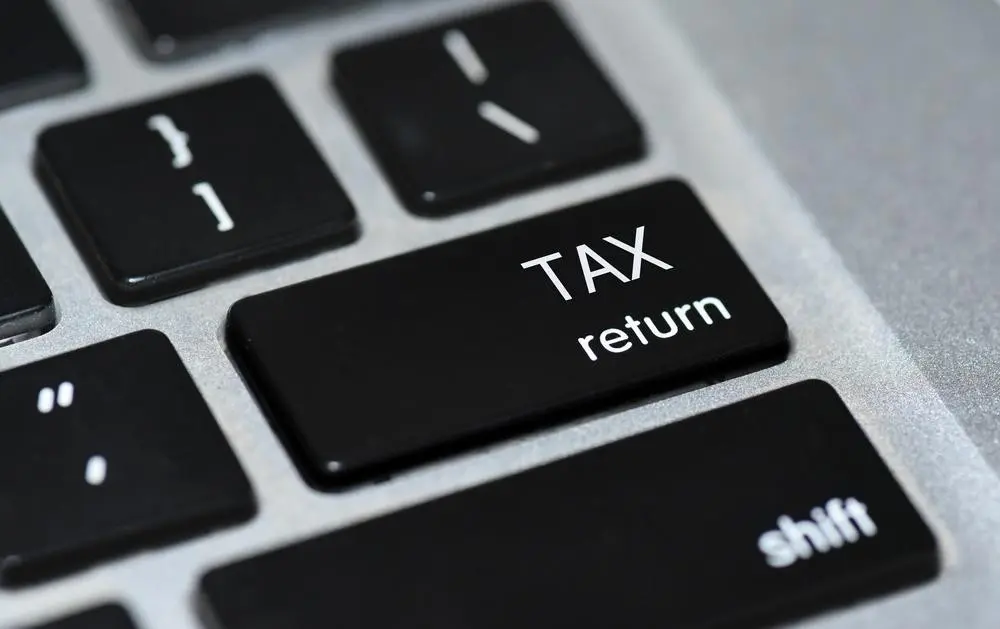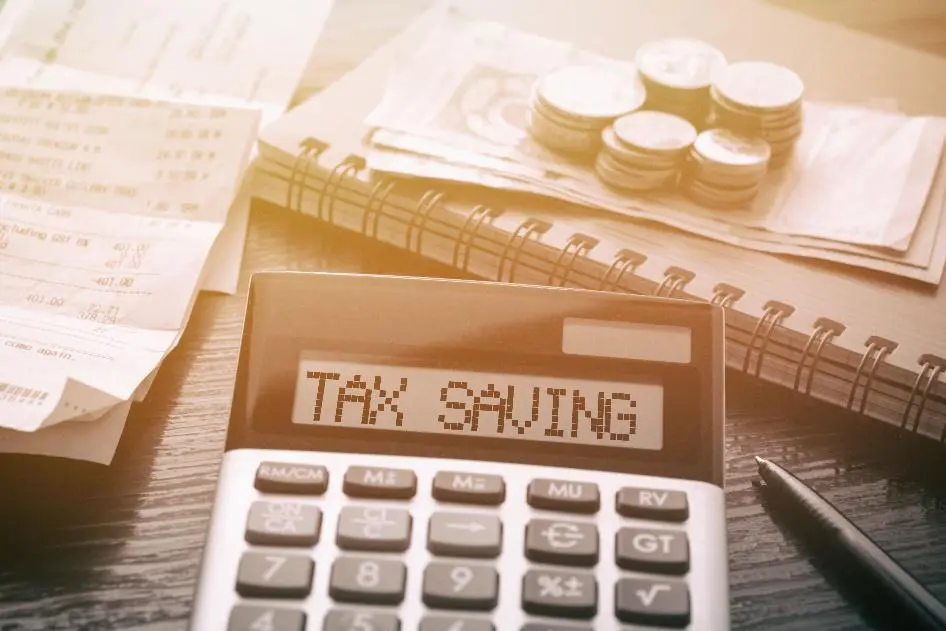Related Articles

HRA Calculator
House Rent Allowance (HRA) is a component in the salary provided by employers to help salaried individuals cover the cost of renting a home. It is partially or fully exempt from income tax under Section 10(13A) of the Income Tax Act
Read More
A Simplified Guide to Section 24 of Income Tax Act
The Income Tax Act, 1961 features a number of deductions and exemptions that apply to various types of income an individual might earn during the financial year.
Read More
Tax Saving Investments
Tax saving investments are central to financial planning and growth as they offer tax saving under Section 80C and 80CCC of the Income Tax Act of India –
Read More

